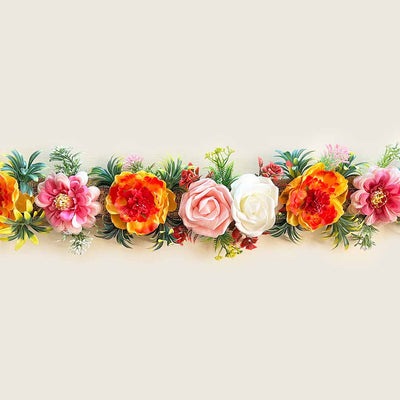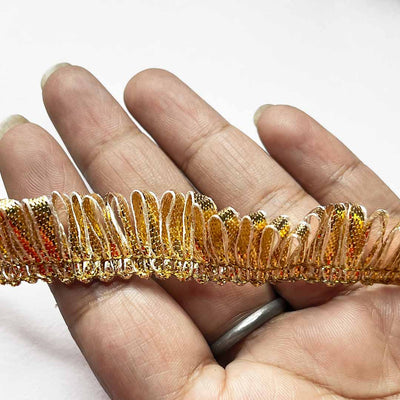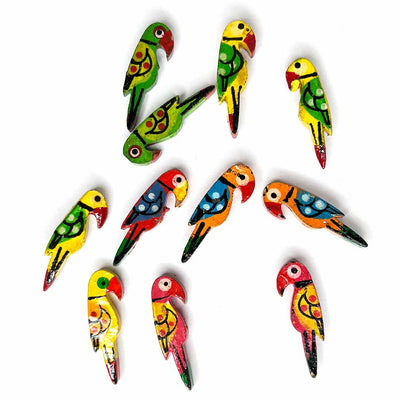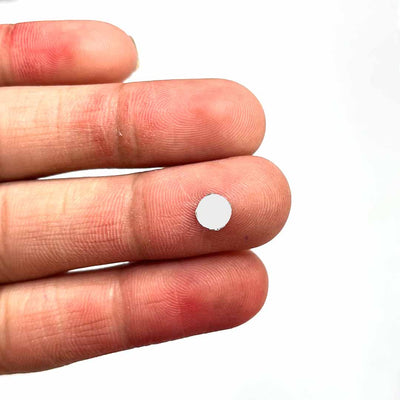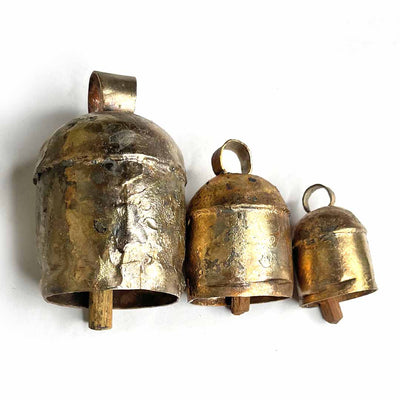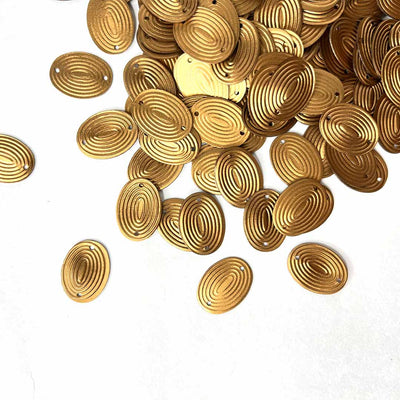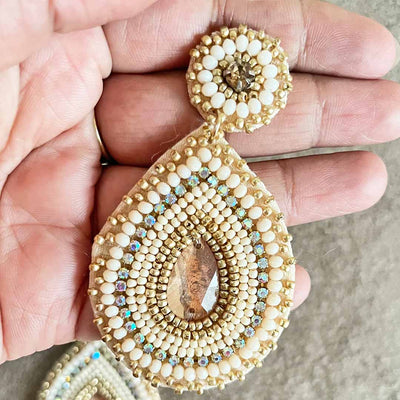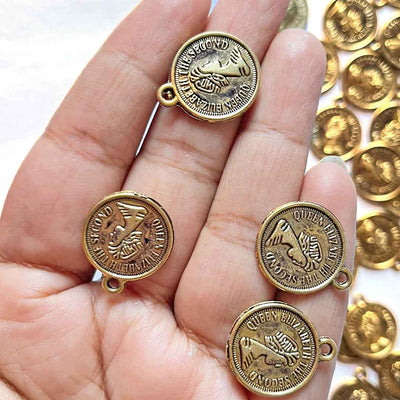Different Kinds Of Indian Wall Art Paintings
We at Adikala are all about promoting ancient and contemporary blends of wall art paintings. The rich Indian cultural heritage has been passed from one generation to another in the form of Indian art. We all shall agree to this, won’t we? If the answer is yes, this article is definitely worth a read and your time.
The ancient wall art forms employed natural dyes and colours. They hold the power to take us back in an admirable past. The ancient art forms that have remained popular for a long time are several in number. We have listed down a few to help you develop a better understanding of the same:
Madhubani Paintings - Traditional Art Form
They are also called as Mithila paintings due to their origin in Mithila state of Nepal. They were done on the walls of houses to mark celebrations like weddings, births and other occasions. Several of them depicted fertility in the form of Gods like Rama and natural objects like Tulsi.
Talking about the nitty-gritties, there is no empty space in these paintings. The gaps are often filled by drawings of animals, birds, flowers, or geometric patterns. They use natural sources of colours like turmeric leaves or flowers. We have a wide collection available at our online brand store. Do check it out if this art form interests you.
Pattachitra Wall Paintings
It is the most common art form from the Indian state of Orissa. The word "Patta" means “Canvas” and "Chitra" means painting. The Patta is made by tamarind paste, which holds two cloth pieces together. They are coated with clay. The paintings are made with colours made from gum of Katha tree or lamp soot. The Chitrakar or the painters used bright colours to depict themes like Krishna Leela, Jagannath temple, or depiction of Lord Ganesha.
Mysore Wall Art Painting
It is a South Indian form of painting from Vijayanagar School Of Art, in Mysore. It uses bright colours and geeso to depict devotion and humanity of the temples and palaces. The paintings primarily revolved around Hindu Gods and Goddesses. The geeso work used white lead powder and glue.
Tanjore Paintings
They originated in Maratha Court. And, depict Hindu Gods, Goddesses, and saints at the centre with episodes from Purana painted around them. Characterised by bright colours, these feature geeso work and use of glass beads or precious stones. These wall paintings have predominantly red backgrounds. They are painted on canvases made of khadi cotton. These canvases are treated with tamarind, rice starch, or white mud. The figures are outlined in black colour with a brush made from squirrel hair.
Rajput Wall Painting
These Rajasthani paintings were famous in the Royal court and palaces. They used colours extracted from plants, minerals, or precious stones.
Kalamkari Wall Art
It is the art of storytelling, also called the pen art form. The musician and painters moved and yet continue to move from village to village telling great stories. Bamboo sticks are employed as a pen to draw.
Warli Art Paintings
This tribal art form of Maharashtra has no straight lines. It infuses crooked lines, dots, circles, and triangles.
Kalighat Paintings
Originated in Bengal, this art of scroll painting was done on cloth. The artist travels and explains about the scenes drawn on the patta in the festival gatherings. These paintings bring forth a unique blend of Hindu and Muslim culture.
To Conclude
All these paintings leave us in an awe of their rustic charm. During their evolution since ages, the Indian folk paintings have passed the test of time and even evolved to become more modern. We at Adikala respect these art forms and the artisans who create these wonders. Explore our collection of madhubani art, nursery art, and kalamkari art.





